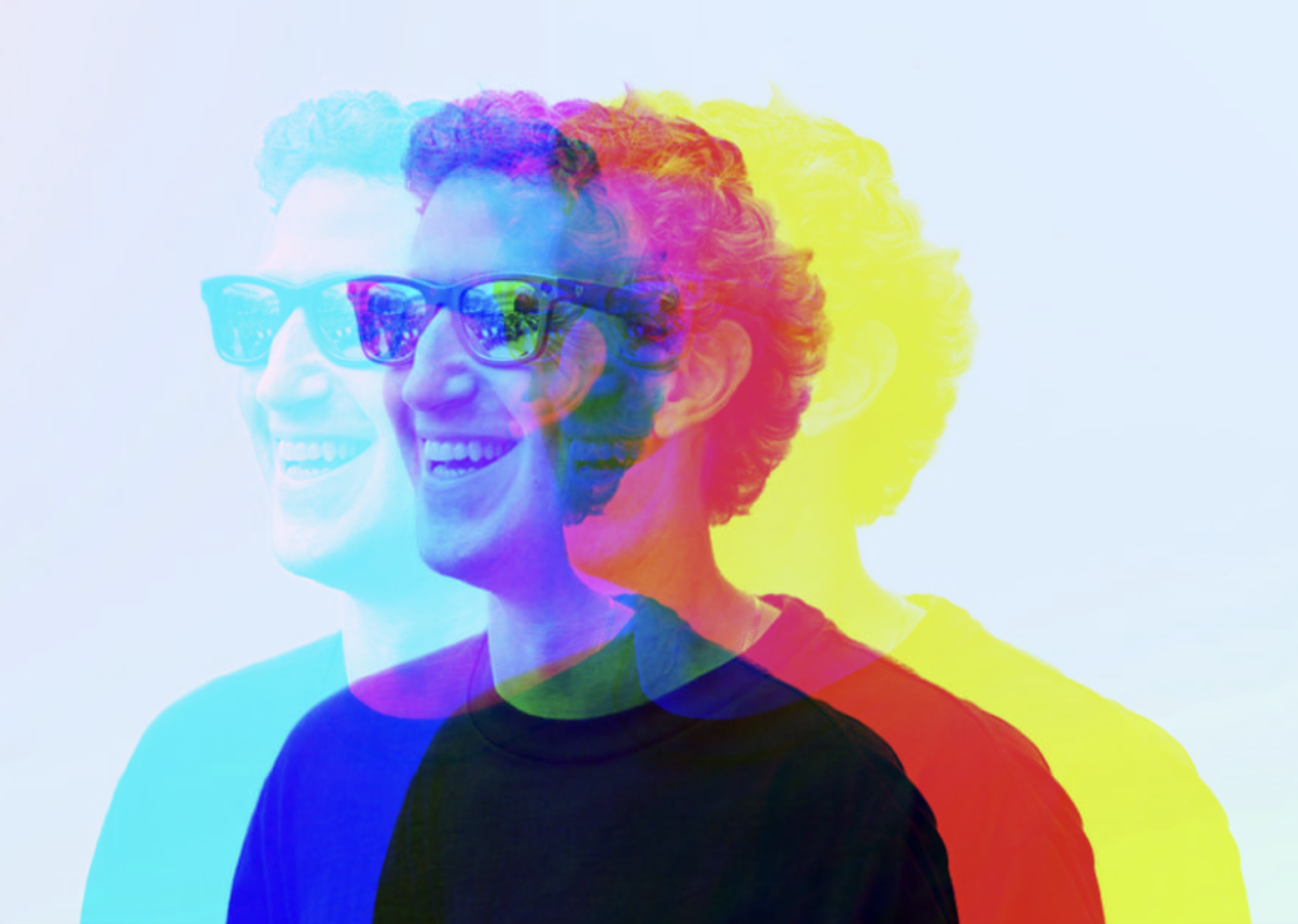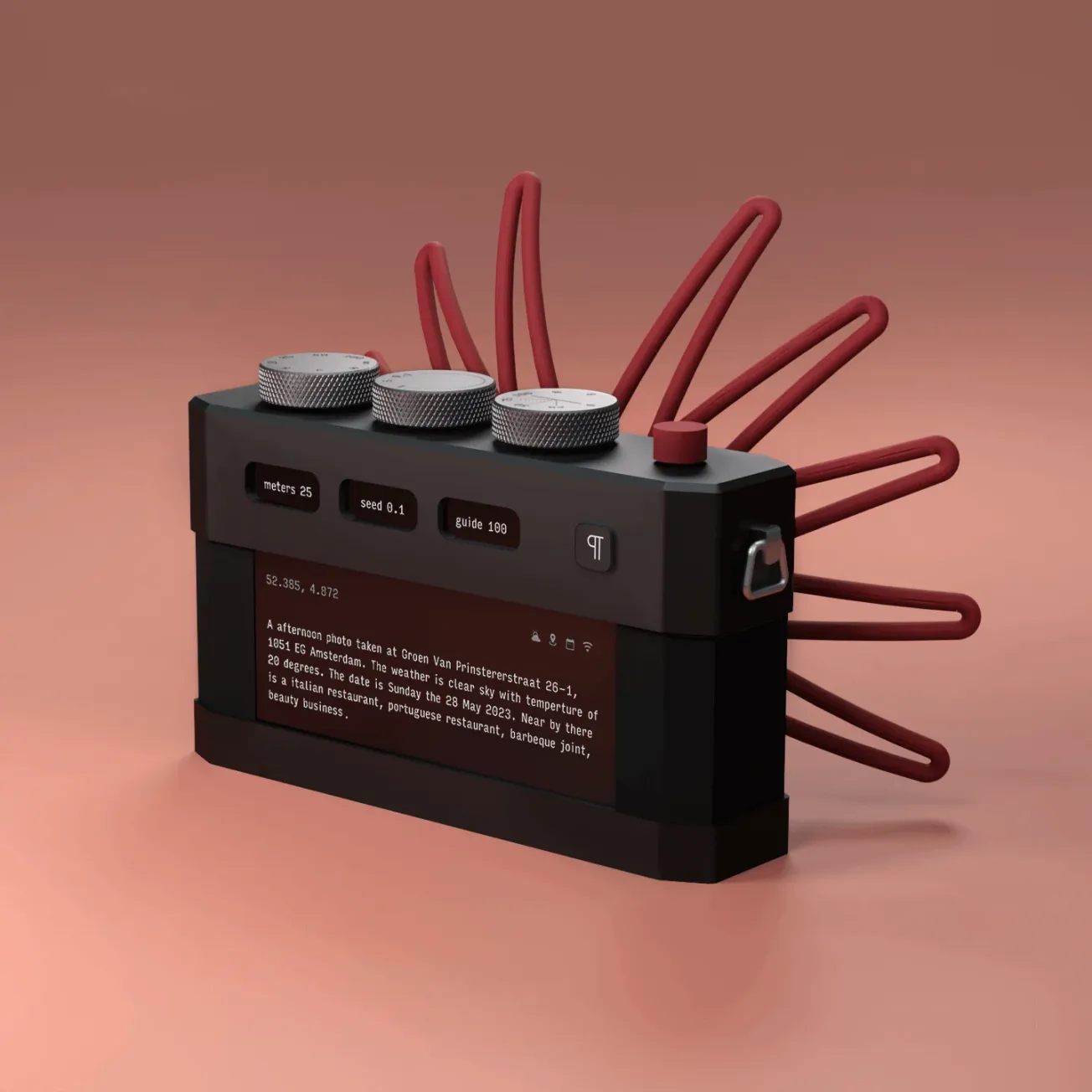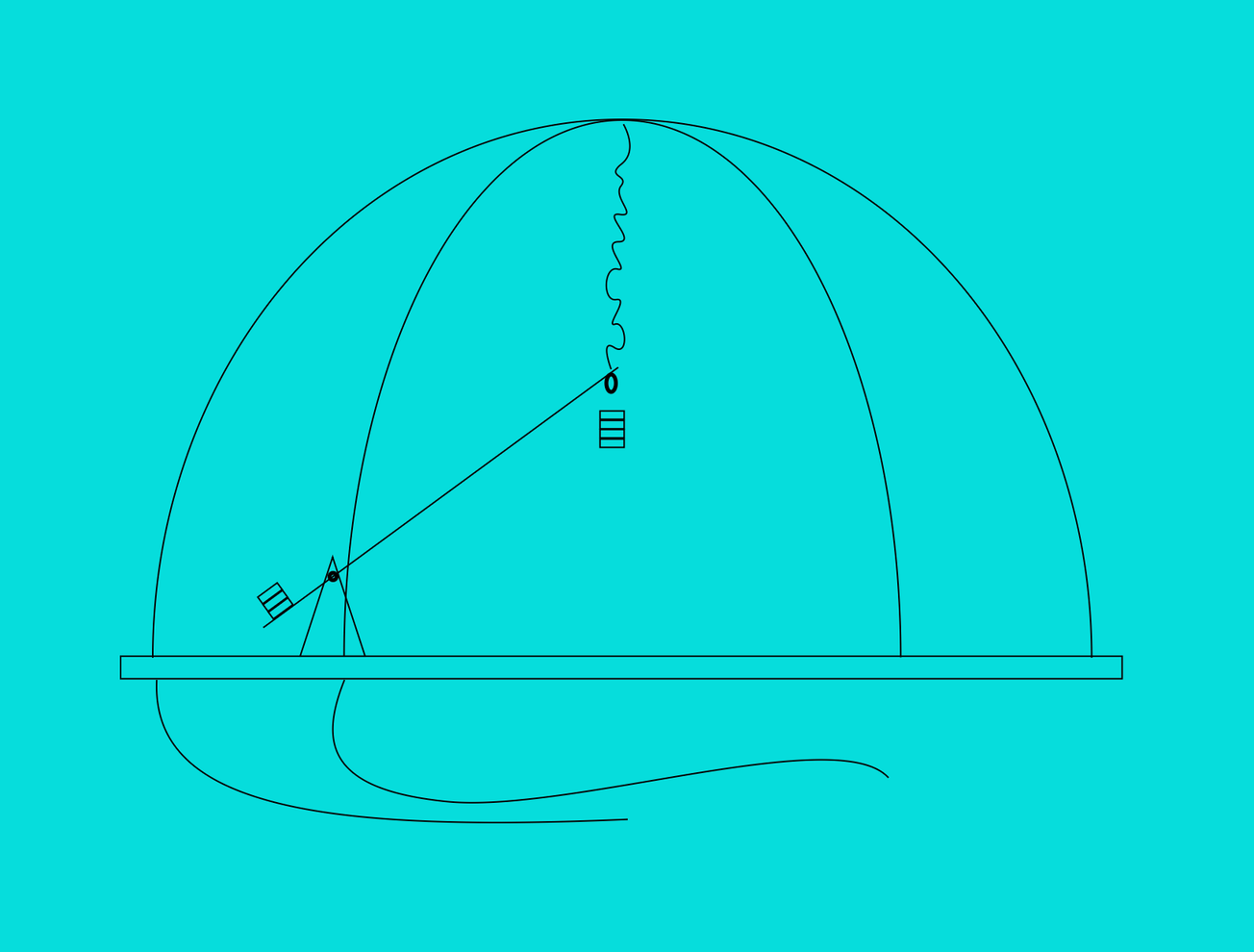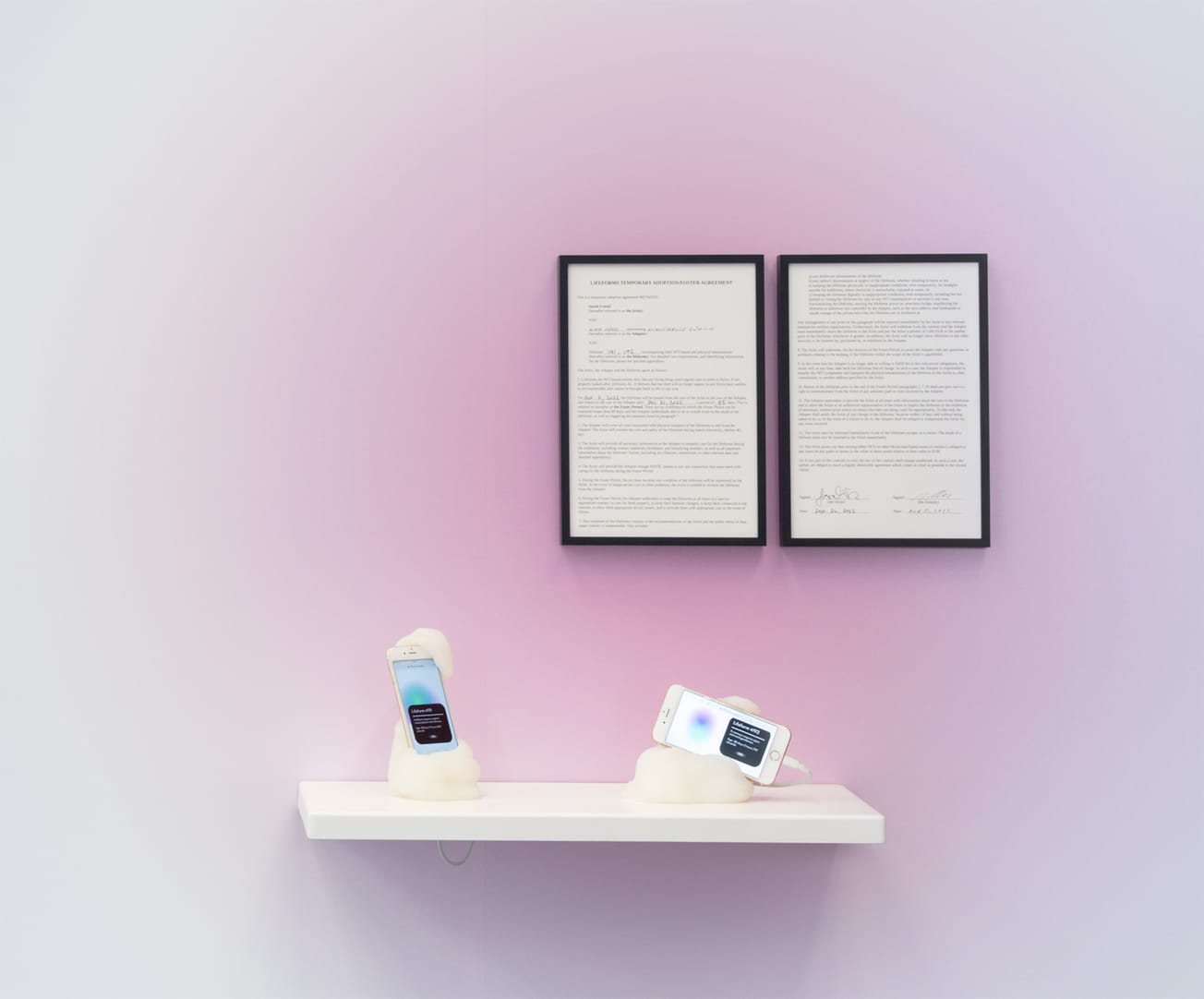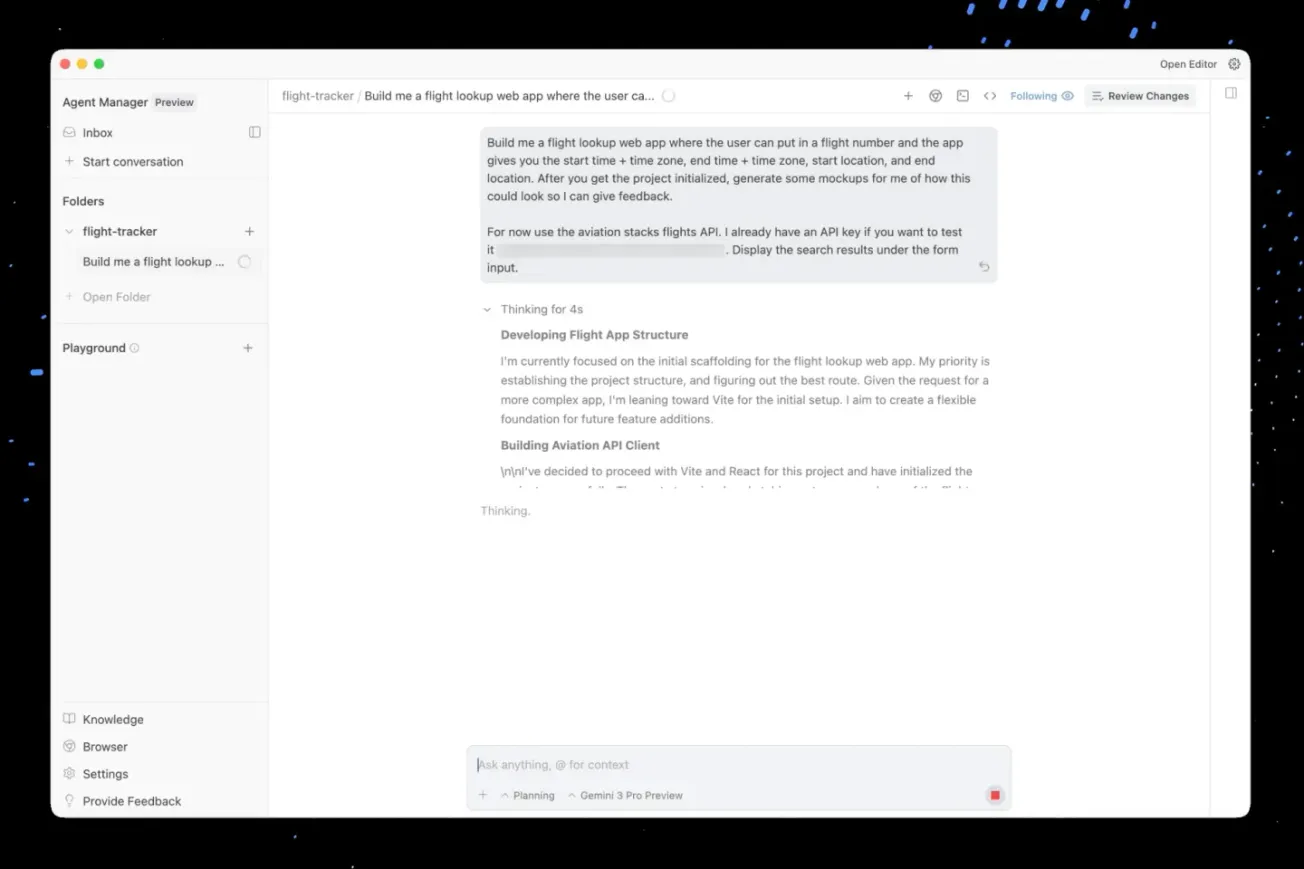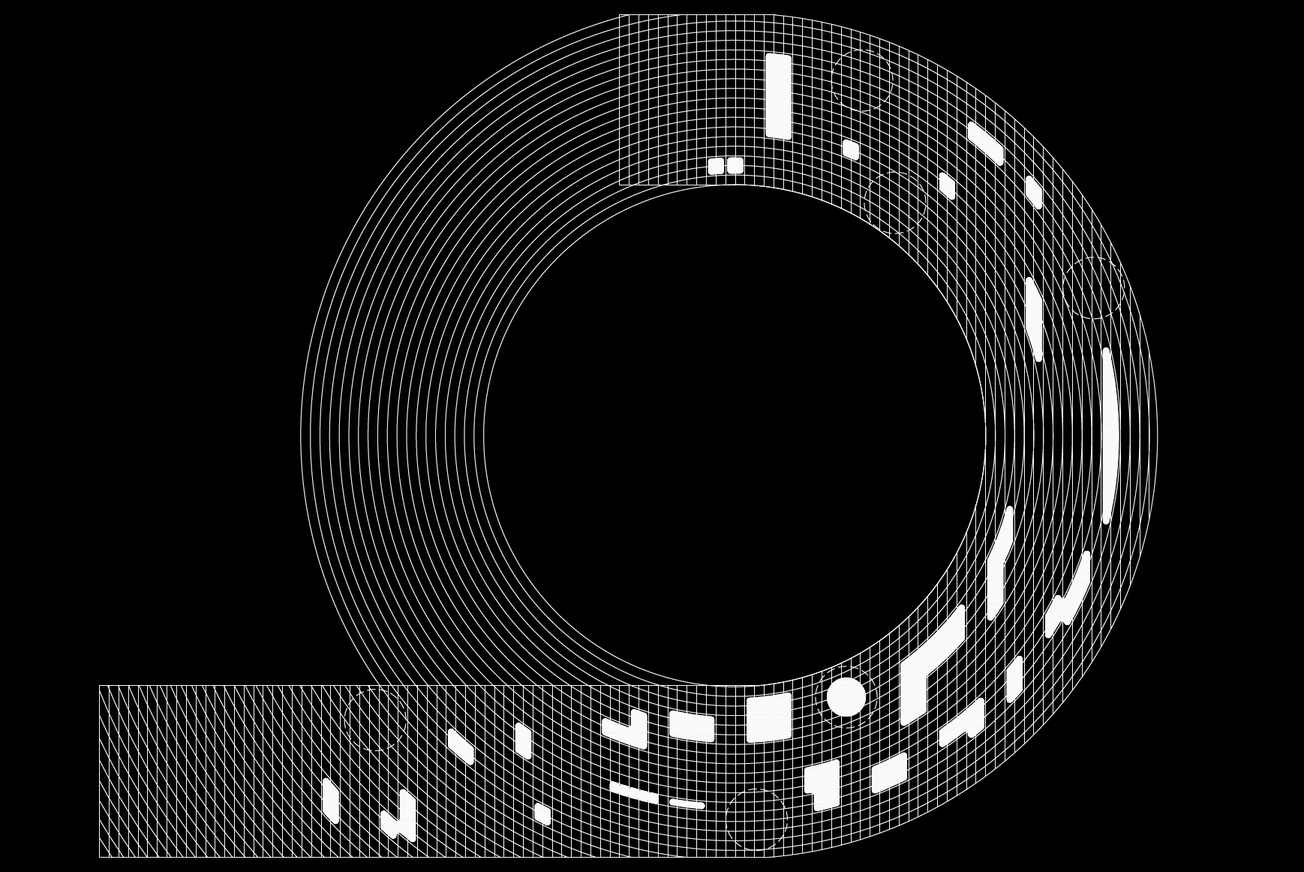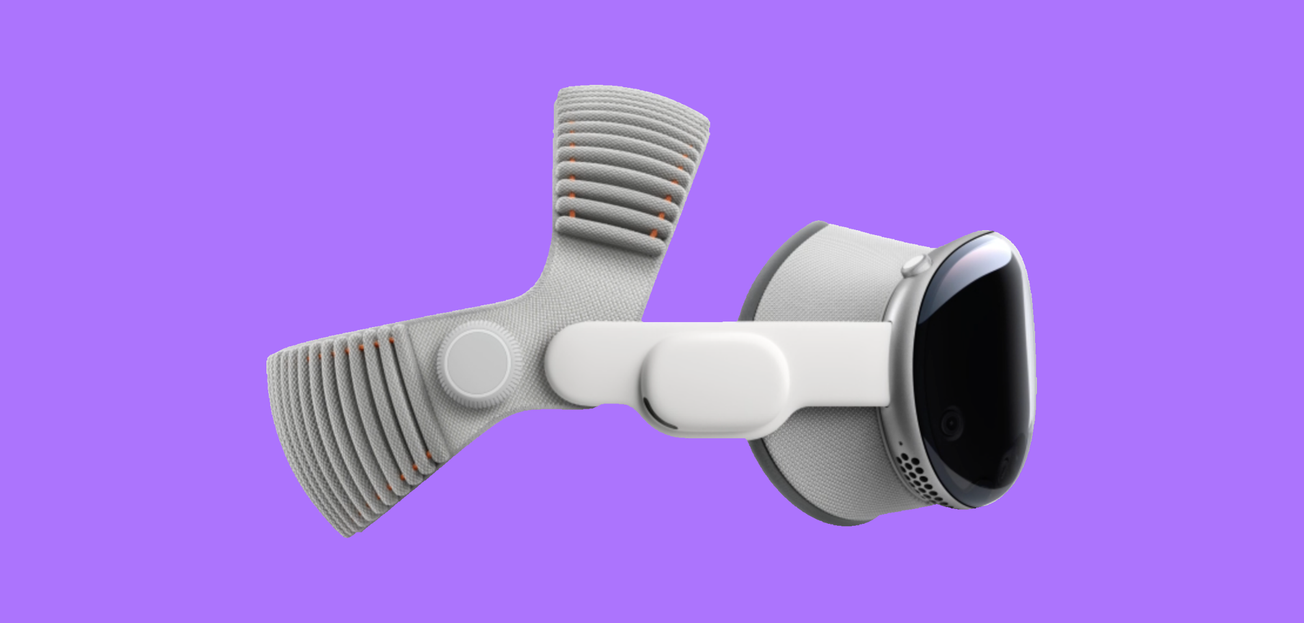Meta’s emerging vision for Personal Superintelligence, unveiled by Mark Zuckerberg in late July 2025, signals a strategic shift away from centralized AI automation toward deeply customised creative support for individuals—including artists and designers. Meta’s Superintelligence Labs, founded June 30 in Menlo Park and led by Alexandr Wang, is developing AI systems that can learn and self improve with minimal human input—as a foundation for radical creative augmentation
Personal Superintelligence: New Paradigm for Creative Practice?
Meta defines “superintelligence” not as an omnipotent productivity tool, but as AI tailored to an individual’s values, goals, and aesthetic process. In a public letter, Zuckerberg explains that future systems will help users “achieve your goals, create what you want to see in the world, be a better friend, and grow to become the person that you aspire to be." Unlike approaches focused on mass automation, Meta’s vision is for decentralized, end-user‑driven AI assistance.
Central to this vision is the development of AI‑powered smart glasses—including Ray-Ban and Oakley devices—that interpret your real‑world context and act as the interface for superintelligent systems, a shift Zuckerberg says may make not wearing them a “significant cognitive disadvantage.”
Implications for Art and Design...Scratching the Surface?
Workflow Augmentation and Idea Expansion
Personal Superintelligence promises to be a creative co‑pilot: suggesting motifs, refining compositions, translating ideas into visual forms, or even helping iterate alternative directions in real time. It could support artists in ideation and rapid prototyping without replacing core decision-making.
Custom Tools, Not Gatekeepers
By clarifying a distinction from AI meant to replace labor, Meta positions superintelligence as a toolset under user control. Designers can expect dynamically adaptive interfaces that learn their practice rather than enforce a fixed workflow.
Ethical Tensions and Creative Ownership
Zuckerberg acknowledges “novel safety concerns” and says Meta will approach open‑sourcing cautiously. But questions remain: who owns AI-generated output if the system was trained on publicly available art or design data? Given Meta’s history with content moderation and data handling, trust and transparency will be key for creative professionals wary of platform control.
Economic and Platform Ecosystem Shifts
Meta is investing heavily—spending forecast at $66–72 billion in capex for 2025—and courting top AI research talent with high-profile compensation package. For designers, this could lead to new tools integrated into Meta’s social platforms, dramatically expanding distribution and collaboration, as well as potential marketplace models tied to AI‑enhanced design in Reels, VR, or AR environments.
Why It Matters to a Design‑Savvy Creative Audience
For a design-savvy creative audience, Meta’s push toward Personal Superintelligence matters because it positions AI as a tool for creative amplification rather than replacement, aiming to enhance imagination and practice instead of mimicking human creators. These adaptive, human‑in‑the‑loop systems could deliver highly personalized assistants that redefine toolchains for ideation and production. At the same time, questions of transparency around data provenance and ownership raise significant ethical stakes for designers concerned with creative trust. Finally, by embedding AI into its AR and VR platforms, Meta has the potential to reshape user‑generated content ecosystems, influencing not only how creative work is produced but also how it is distributed, monetized, and shared collaboratively.
As Meta positions superintelligence as empowerment rather than automation, the creative sector stands at an inflection point. Designers and artists will need to engage critically with these emerging tools—both shaping and challenging how AI augments human creativity in the years ahead.

